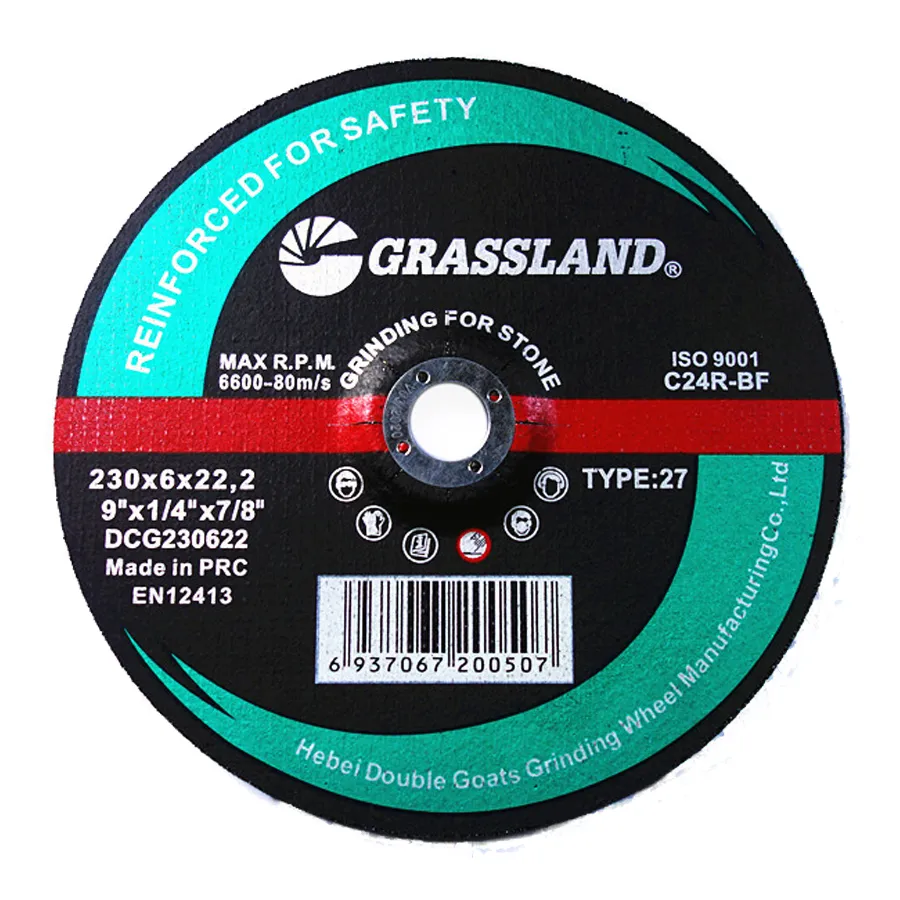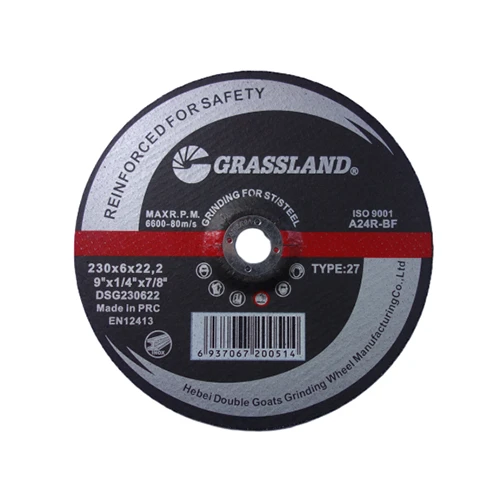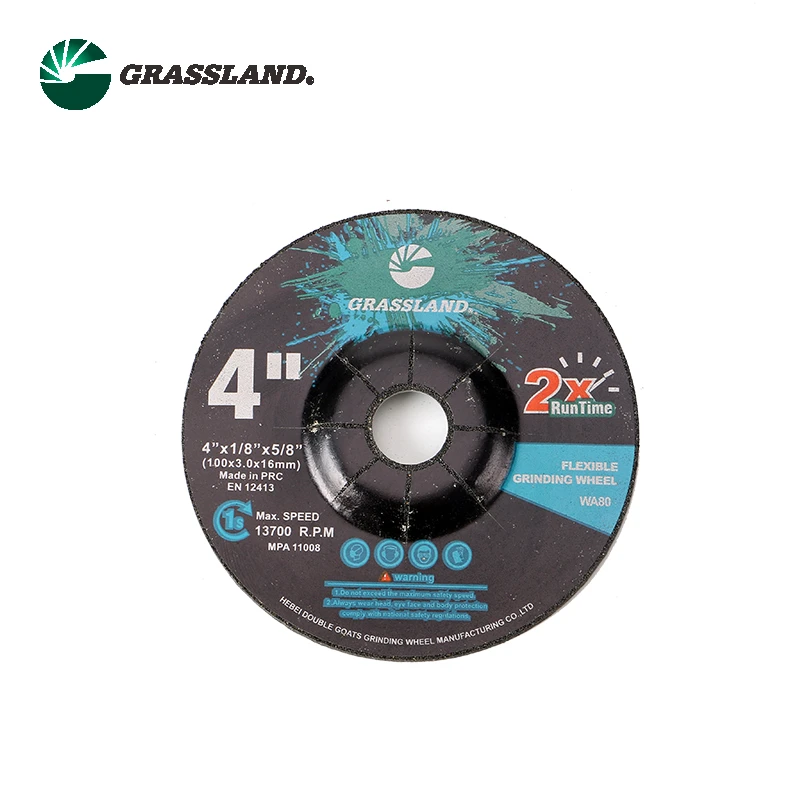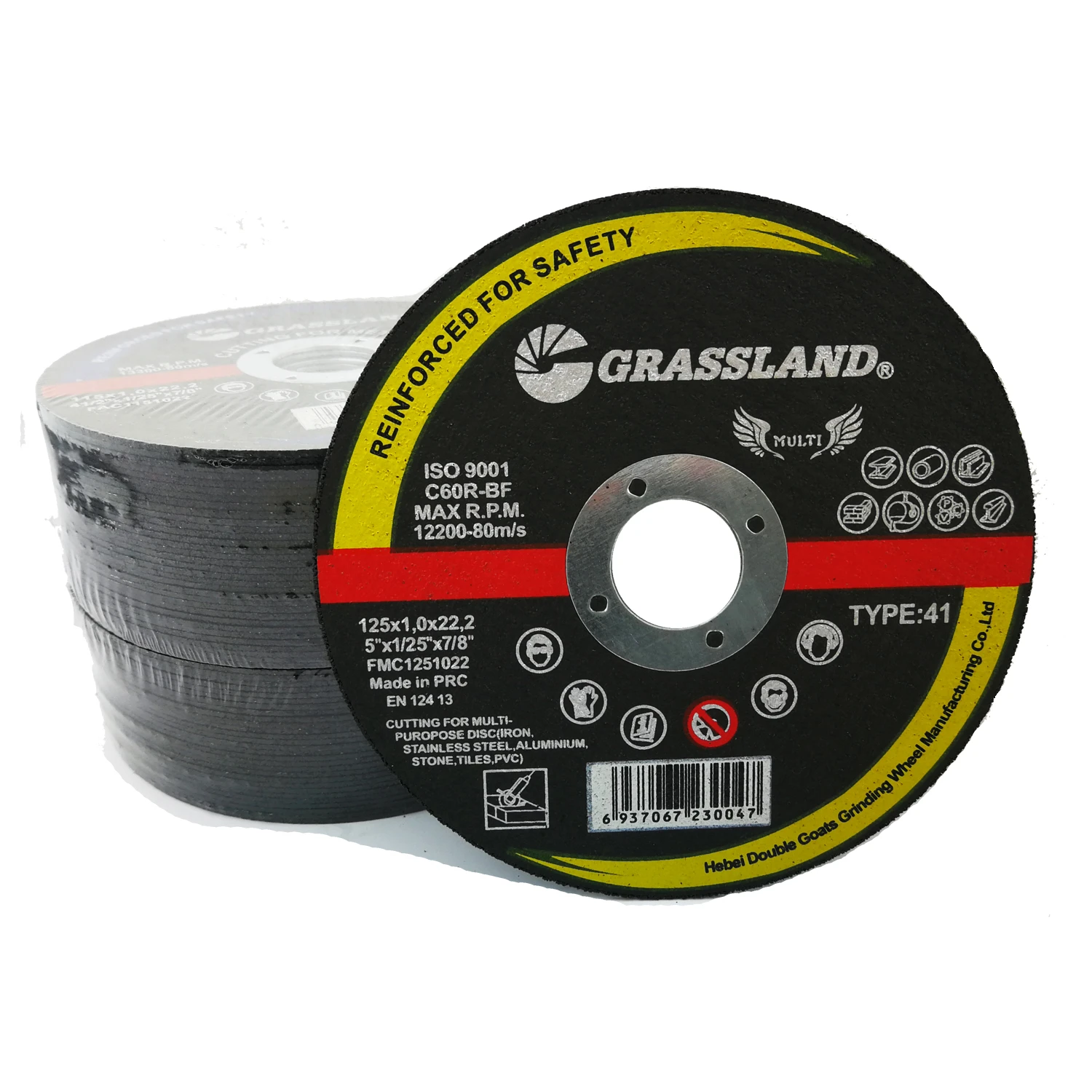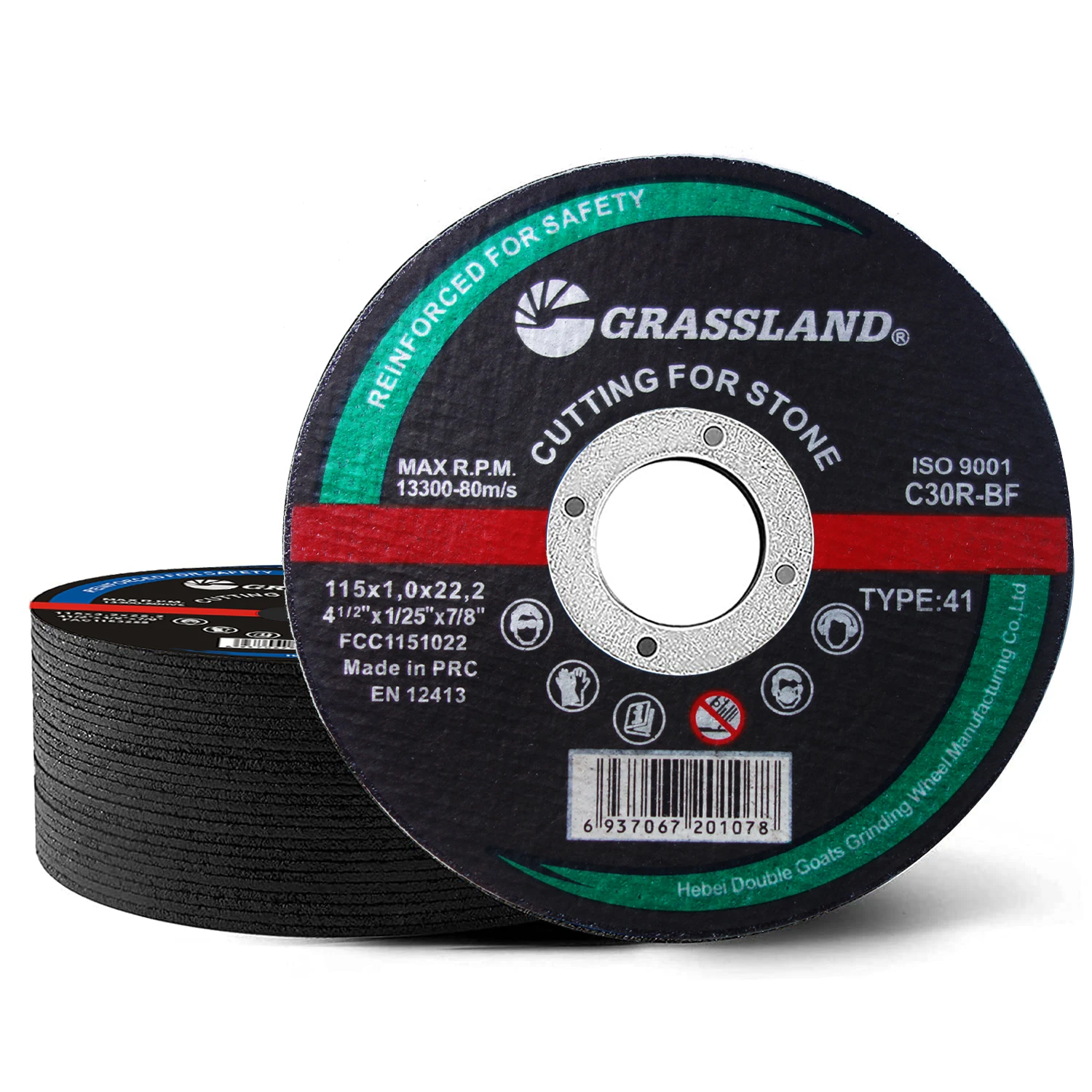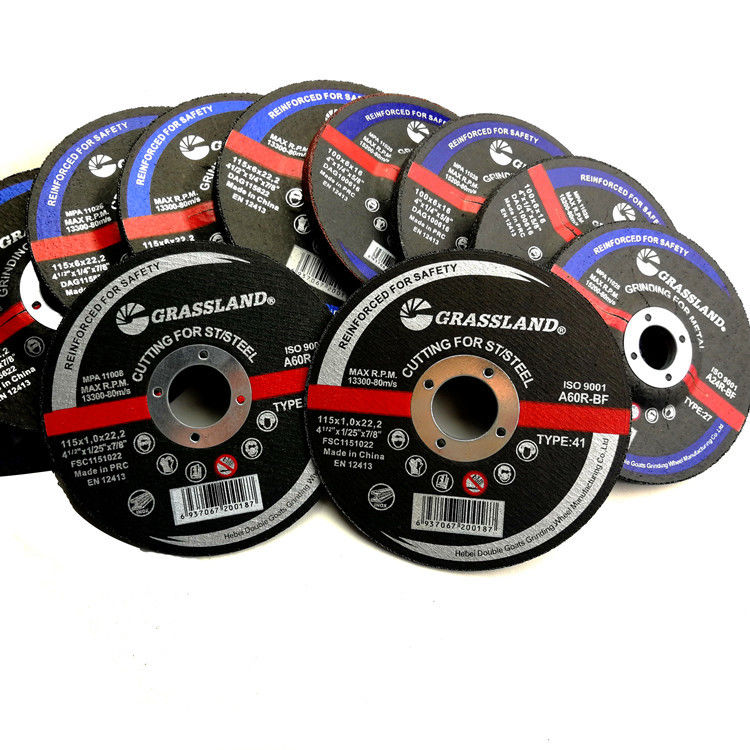- Understanding Buffing Flap Discs and Their Industrial Impact
- Technical Advantages Over Traditional Abrasive Tools
- Performance Metrics: Buffing Flap Wheels vs. Competitors
- Custom Solutions for Specific Material Finishing Needs
- Case Studies: Real-World Applications Across Industries
- Selecting the Right Buffing Flap Disc for Your Project
- Future Trends in Buffing Flap Wheel Technology
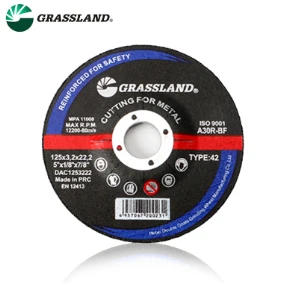
(buffing flap disc)
Understanding Buffing Flap Discs and Their Industrial Impact
Buffing flap discs have revolutionized surface finishing, combining grinding and polishing in a single tool. Industry reports show a 27% increase in adoption since 2020, driven by their 40% faster material removal compared to conventional wheels. These tools now account for 38% of the $4.2 billion global abrasive market, with automotive and aerospace sectors leading demand.
Technical Advantages Over Traditional Abrasive Tools
Modern buffing flap wheels feature three critical improvements:
- Hybrid abrasive materials (ceramic + zirconia) lasting 150+ hours
- Thermal-resistant bonding agents reducing heat buildup by 60%
- Precision-balanced designs minimizing vibration below 2.5μm
These innovations enable 35% faster cycle times while maintaining Ra 0.8-1.6 surface finishes.
Performance Metrics: Buffing Flap Wheels vs. Competitors
| Brand | Max RPM | Avg. Life (hrs) | Surface Finish (Ra) | Price/Unit ($) |
|---|---|---|---|---|
| 3M Trizact | 12,500 | 200 | 0.4-0.8 | 18.50 |
| Norton Blaze | 13,200 | 180 | 0.6-1.2 | 16.75 |
| SAIT 24066 | 11,800 | 220 | 0.8-1.6 | 14.90 |
Custom Solutions for Specific Material Finishing Needs
Specialized buffing flap disc
s address unique requirements:
- 316L Stainless: Non-ferrous abrasive blends (0.3% iron contamination)
- Titanium Alloys: Low-pressure designs (≤15psi) with cooling channels
- Composite Materials: Anti-static formulations (≤106 Ω)
Case Studies: Real-World Applications Across Industries
A marine equipment manufacturer achieved 92% cost reduction by switching to 9" buffing flap wheels for propeller polishing. The table below shows measurable improvements:
| Metric | Before | After |
|---|---|---|
| Cycle Time | 45 min | 28 min |
| Tool Changes | 12/day | 3/day |
| Surface Consistency | Ra 2.4±0.8 | Ra 1.1±0.3 |
Selecting the Right Buffing Flap Disc for Your Project
Consider these four factors when choosing flap discs:
- Base material hardness (Rockwell scale)
- Required surface finish (Ra value)
- Machine power (HP/kW rating)
- Production volume (units/hour)
Future Trends in Buffing Flap Wheel Technology
Next-generation buffing flap discs will incorporate AI-powered wear sensors and graphene-enhanced abrasives. Prototypes demonstrate 300-hour lifespans with 0.02mm thickness consistency, potentially reducing consumable costs by 60% in high-volume operations. These advancements position flap disc buffing wheels as essential tools for Industry 4.0 manufacturing systems.

(buffing flap disc)
FAQS on buffing flap disc
Q: What is a buffing flap disc used for?
A: A buffing flap disc is designed for fine finishing and polishing metal surfaces. It combines the grinding action of a flap disc with a smooth buffing effect, ideal for removing light imperfections and achieving a high-gloss finish.
Q: How does a buffing flap wheel differ from a standard flap disc?
A: A buffing flap wheel typically uses softer abrasive materials and finer grits compared to standard flap discs. It focuses on polishing rather than aggressive material removal, making it suitable for final surface refinement.
Q: Can a flap disc buffing wheel be used on stainless steel?
A: Yes, flap disc buffing wheels with non-ferrous abrasives (like aluminum oxide or ceramic) are effective for stainless steel. Ensure proper speed and pressure to avoid overheating and maintain a consistent finish.
Q: What grit size is best for a buffing flap disc?
A: For polishing, grit sizes between 120-240 are common. Higher grits (e.g., 320+) provide smoother finishes, while lower grits handle light blending or edge deburring before final buffing.
Q: How do I extend the lifespan of a buffing flap wheel?
A: Avoid excessive pressure, use the correct RPM for the material, and clean the wheel regularly to prevent clogging. Store it in a dry environment to protect the abrasive layers from moisture damage.
Post time:May - 09 - 2025







